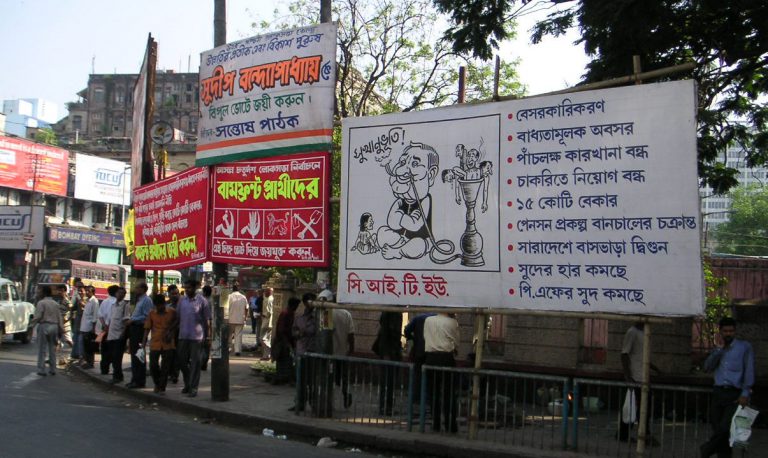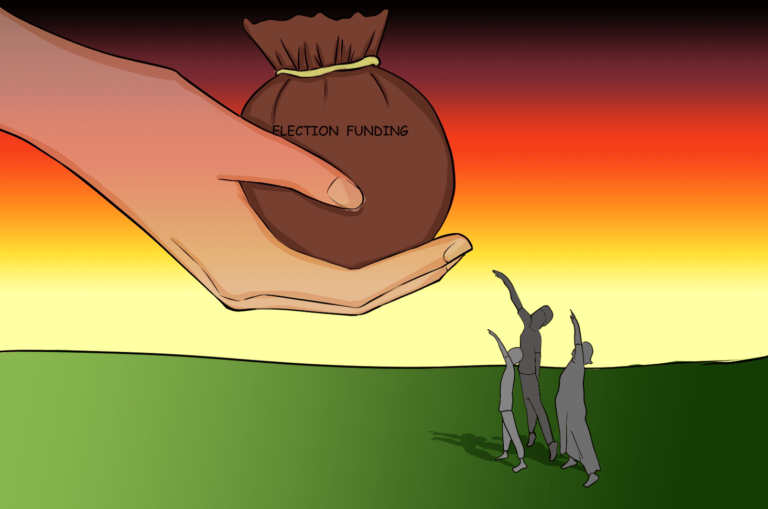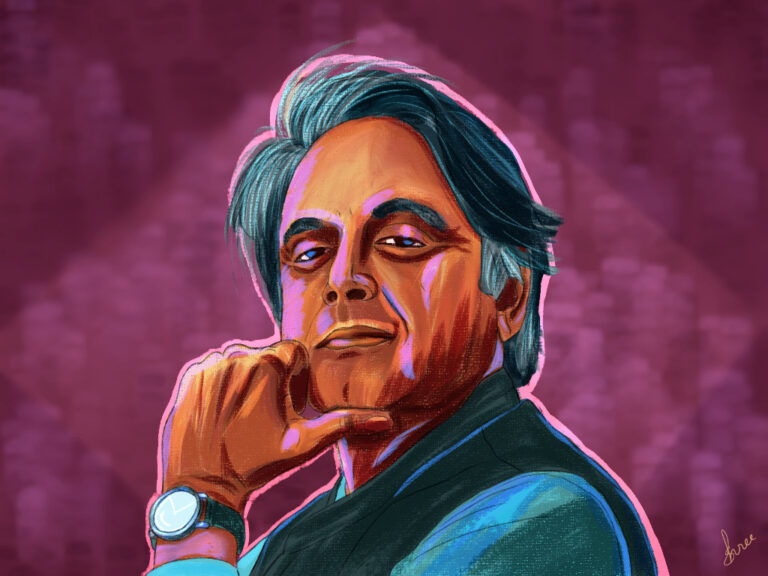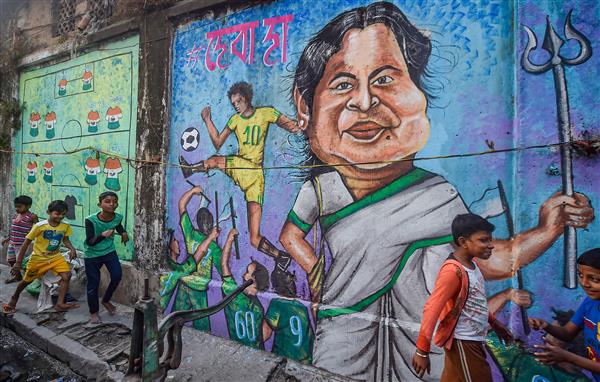Rise of Influencers in Politics – Real Opinions, or a Money Game?

India is currently in the midst of the 2024 elections, aptly dubbed as “Chunav ka Parv” by the Election Commission. With the last phase on 1st June, it is one of the longest election schedules we have in Independent India. Market analysts and the general populace are closely watching this highly bipolar election, characterised by a direct contest between the NDA (National Democratic Alliance) and INDIA (Indian National Developmental Inclusive Alliance). With most major parties aligning with one of these two alliances—except for notable exceptions like BJD, BRS, and AIADMK—the public narrative has become increasingly polarised, providing voters with a stark choice based on their voting criteria.
This polarisation has paved the way for new-age content creators to capitalise on the emotions and thought processes of the masses by aligning with either side. The digital space, including media, YouTube content creators, and Instagram influencers, clearly reflects this divide, with strong narratives being pushed by both sides. Media narratives suggest a very close race, though this could be a strategic portrayal.
Past Trends
Until 2014, and to some extent until 2019, traditional media was the primary tool for parties to promote their campaigns during elections. Political leaders gave interviews and media bytes to convey their ideas and thoughts, while official spokespersons pushed the party narrative to the general public. This scenario began to shift in 2019, with YouTube gaining prominence in certain circles. However, big media houses still controlled election coverage and campaigns. Some digital players, like The Print, The Wire, and Scroll, began to emerge and shape opinions, but these were mainly led by experienced journalists or individuals with affiliations to well-known media houses.
But by 2024, a dramatic change had occurred. The landscape of election coverage and campaign promotion had shifted significantly, with new-age digital content creators playing a pivotal role in shaping public opinion and political narratives.
What Changed? – Growth of YouTube and Twitter
Since 2019, content channels have experienced substantial growth, and India now boasts one of the largest YouTube audiences in the world, with approximately 462 million users. YouTube is estimated to generate over $1 billion in annual revenue in India. An analysis by Oxford Economics highlighted the significant impact of the YouTube creative ecosystem on the Indian economy in 2021, contributing over ₹10,000 crores and supporting more than 750,000 full-time equivalent jobs.
On June 13, 2023, YouTube introduced a new monetization policy in India, implementing several notable changes. The eligibility threshold for monetization was lowered, allowing creators to apply with just 500 subscribers and 3 valid public uploads within the last 90 days. Additionally, new monetization features enabled creators to earn money from Shorts and live streams, even if they don’t meet the full eligibility criteria. The policy also introduced a new revenue-sharing model, increasing YouTube’s ad revenue share with creators from 51% to 55%.[1] These changes, designed to simplify content monetization and boost earnings for creators, led to a surge of new creators. By the end of 2023, India had a good number of media channels on YouTube, alongside individual creators producing a diverse array of content, including non-political and entertainment content.
In August of the same year, X, formerly known as Twitter, also unveiled its monetization policy, resulting in an influx of creators to the platform. Initially used primarily for sharing opinions, X now provides lucrative opportunities for creators to earn money through their content.
Hence, at the start of 2024, India found itself at a pivotal moment. With two major platforms, YouTube and X (formerly Twitter), offering robust opportunities for content monetization, and an impending election that inherently drives people towards polarised political views, creators seized this opportunity with both hands. Even those previously uninterested in politics began to engage, resulting in a deluge of political content on these platforms. This convergence of digital monetization and political engagement has created a unique landscape where political discourse is not just a matter of civic engagement but also a lucrative business.
Influencers and Masked Voices!
Prominent influencers have made significant inroads into social media feeds, often transcending traditional political lines. Figures like Dhruv Rathee and The Ranting Gola have become well-known for their critiques of the ruling government, frequently featuring on the social media accounts of opposition parties such as Congress and AAP. Their content often challenges the status quo, providing a counter-narrative that resonates with a segment of the populace seeking alternative viewpoints.
Conversely, there are influential personalities who align more closely with the current administration. Notable figures such as badminton player PV Sindhu, author Amish Tripathi, Kotak Mahindra Bank founder Uday Kotak, journalist Dilip Mandal, JPMorgan CEO Jamie Dimon, and spiritual leader Sri Sri Ravi Shankar have all spoken positively about the BJP and Prime Minister Narendra Modi’s initiatives. Their endorsements contribute to a positive narrative surrounding the government’s work, appealing to supporters and fence-sitters alike.[2]
This bifurcation of digital influence underscores a broader trend in Indian politics where social media is not merely a tool for communication but a battlefield for ideological dominance. As content creators continued to leverage these platforms for both influence and income, the intersection of politics and digital media played a critical role in shaping public opinion and electoral outcomes.
But now, some creators and individuals are openly disseminating fake satta bazar predictions, trends, and analyses at local, state, and national levels, devoid of any credibility, to drive engagement. These actions are often intentionally foolish or overtly negative and condescending, aimed solely at increasing their visibility on various platforms. While political parties often engage influencers to amplify their messages to a diverse audience, leveraging the influencers’ credibility, there is a surge of individuals and creators who are just there to capitalise on the frenzy surrounding elections in the country.
Conclusion
India is known for its vibrant political discourse, where everyone seems to have an opinion, and this is particularly evident on Twitter and to an extent on Instagram and Twitter. I firmly believe that the monetization of social media platforms has exacerbated this phenomenon. With the proliferation of verified creators (As not everyone can be verified with a few dollars), distinguishing between those who are genuine and credible and those who are not has become increasingly difficult. The challenge lies in discerning who is genuinely invested in the political process and who is merely exploiting the electoral excitement. It is perhaps time to consider regulating the monetization of political content on social media platforms to ensure that the discourse remains authentic and trustworthy.
References
- Rao, P. (2024, May 10). YouTube User Statistics Growth, Trends in India (2024). GrabOn. Retrieved May 29, 2024, from https://www.grabon.in/indulge/tech/youtube-users-statistics/
- Financial Express. (2024, May 31.). March of the poll-fluencers. https://www.financialexpress.com/life/lifestyle-march-of-the-poll-fluencers-3501645/
Featured Image Credits: Scroll









Well written. Crisp and lucid